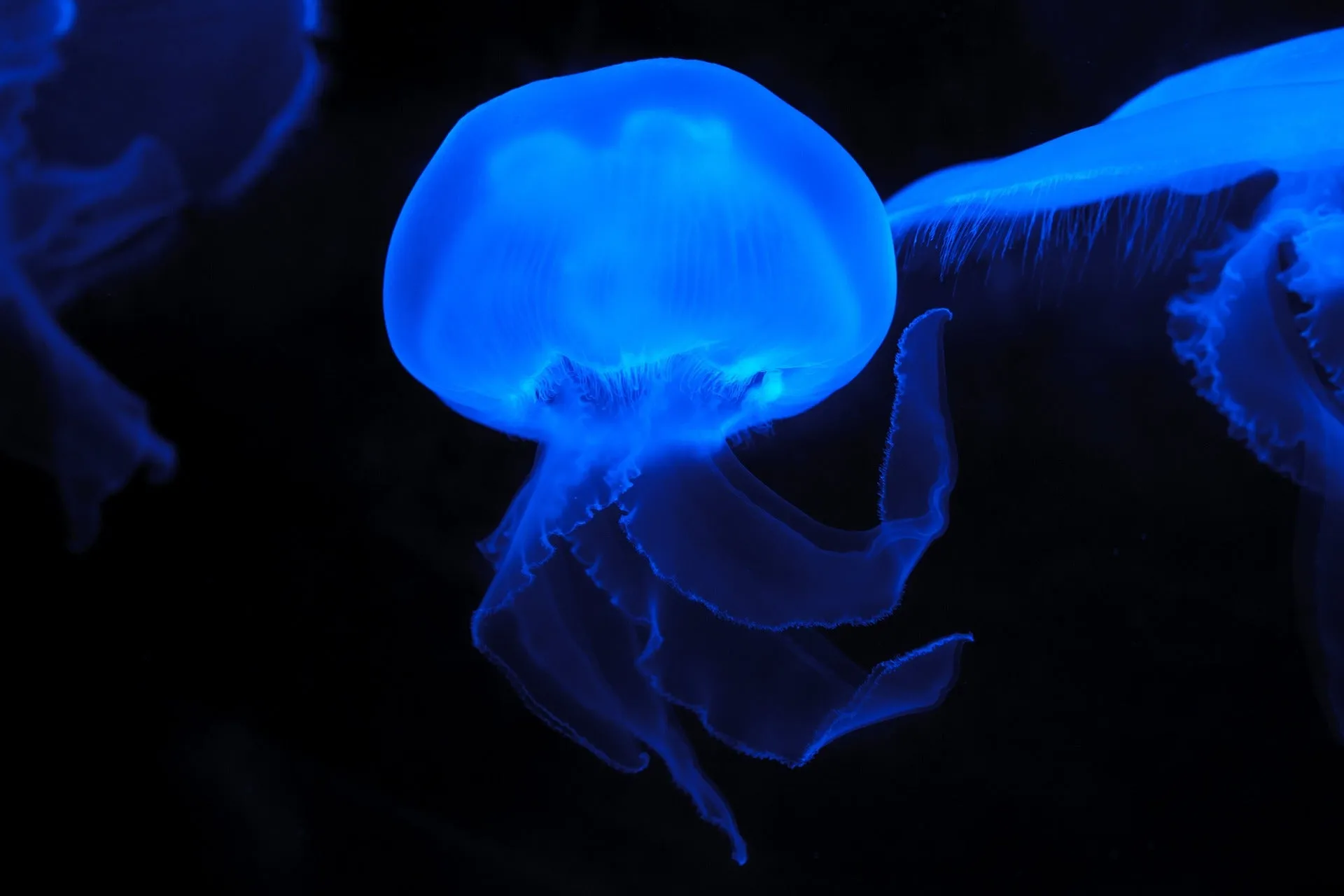Summer jellyfish
Each summer over the past 5 years, council officers have collected plankton samples from our waterways to better understand the microscopic life of the Sunshine Coast. During January 2020, we collected a number of very small and very young jellyfish within our estuarine and offshore sample sites.

Article and images by Raeleen Draper, senior project officer, Sunshine Coast Council.
Our oceans are filled with some amazing creatures, and for many you need a microscope to examine the species properly. Here are a few of the “resident” plankton species we have found on the Sunshine Coast.
Bougainvillia
In January 2020, very small and newly “born” Bougainvillia jellyfish were found at each of the inshore sampling locations. These little hydrozoans are commonly found across the world’s oceans, but it is unusual to find one so young. Hydrozoans’ life cycle is quite complex – these jellies start life as a microscopic planuae larvae before they become polyps that can attach to mangroves and structures in the marine environment. When conditions are right, small jellies are released from these polyps into the water column where they feed on very tiny phytoplankton.
The little one our team spotted was less than 2mm long and will eventually grow up to 1cm. If you look closely you can see the some little structures on the sides of the stomach that will form into oral tentacles. It is also sprouting new tentacles around the bell to help it manoeuvre through the water column.
Hydromedusa
All life has to start somewhere, and with jellies, this is one of their first planktonic stages. It’s too early to tell which species this one will grow up to be, but if you look closely you will see its stomach in the centre of its bell and its feeding tentacles around the edges of the bell. While small, these hydromedusae are carnivorous and happy feeding on nearby smaller plankton with their tentacles.
Echinoderm larvae
This one was a little bit harder to identify for our trained council officers. Despite looking very “jelly-like” with cilia moving along the bell, this was identified by jellyfish expert Dr Lisa-Ann Gershwin as an echinoderm larva. One day this little one will grow up to be a species of sea cucumber.
